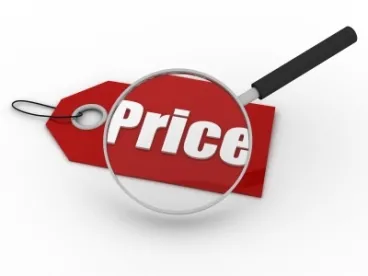Despite the continued implementation of state price gouging laws, many companies have been able to legally raise their prices by relying on exceptions related to cost increases. Many have asked whether the exception nevertheless presents risk to the extent it is used as a basis to maintain current margin levels. While this is not a settled question, there are good arguments that cost increase exceptions would typically permit a company to maintain its current margin levels.
Gross margin is typically defined as a company’s net sales revenue minus its cost of goods sold. If a company increases its prices to reflect a proportional increase in costs, its gross margin may actually increase in absolute terms – even if the company still retains the same profit ratio. Some have questioned whether this may attract scrutiny from regulators or private plaintiffs. However, while margins are specifically referenced in several state statutes, the role of margins is largely secondary to the primary concerns of supplier cost and final price.
Most state price gouging laws are only triggered by an increase in prices, and margins are simply not part of the analysis. These laws operate by setting a baseline over which any price increase is presumptively illegal, subject to various exemptions as defined. In New York, for example, price gouging is defined simply as charging an “unconscionable” price that cannot be justified by evidence of costs outside of the seller’s control.
To the extent that some states do address margins, it is generally as a condition on price increases allowed past the triggering threshold. For example, California law provides that in responding to a cost increase from a supplier, a seller may only apply the “markup customarily applied” by the seller, plus up to 10%, for that good or service in the usual course of business immediately before the state of emergency (in California’s case, March 4, 2020). Similarly, Utah’s statute also includes an exception for increased costs, with the limiting factor of the seller’s customary markup. Notably absent from either state law is a definition for customary markup.
Some states provide more guidance, such as Wisconsin which provides an exception to its price gouging law if the “selling price does not exceed the seller’s cost plus normal markup,” where “normal markup” is defined as a percentage markup. Therefore, Wisconsin’s statute likely allows for a seller to maintain its profit margin. Similarly, Missouri also includes an exception for “customary profit margin,” which likely allows the seller to maintain its profit margin as well. Yet while these statutes address profit margins, they are silent as to gross margins.
To the extent price increases are put in place to reflect cost increases and maintain profit margin (potentially even increasing gross margins), they likely fall within the majority of the allowable exceptions. It becomes riskier, though, where actual profit margins are also increased, as that component of the price increase may not get the benefit of the exception. Defending any such pricing movements on the basis of the exception will necessarily require solid data on pricing and cost movements, and the relationship between them, along with evidence of a strong price gouging compliance program.







 />i
/>i


